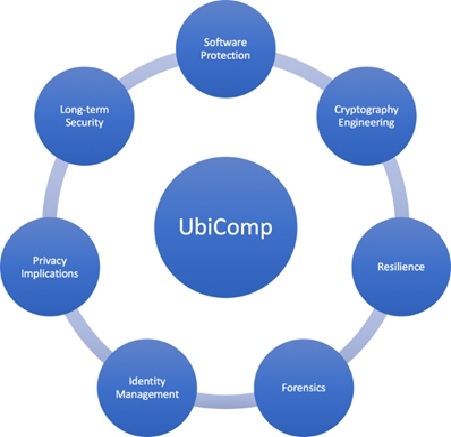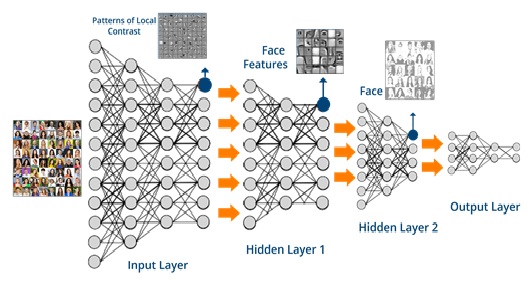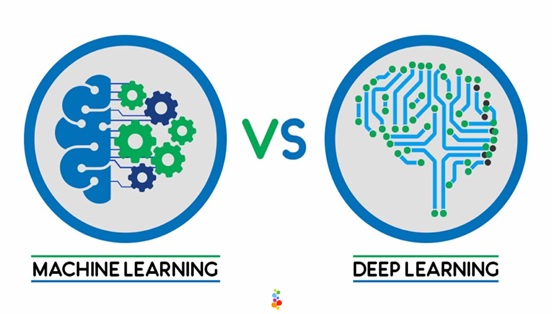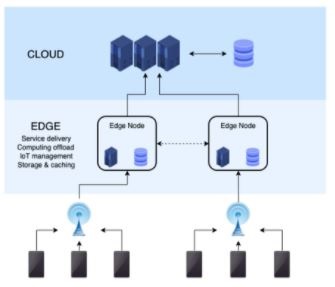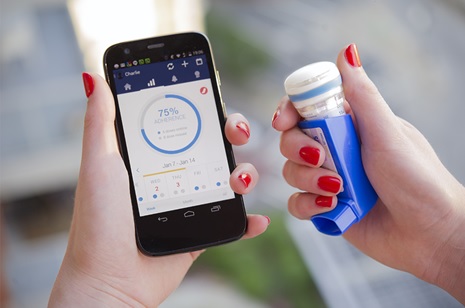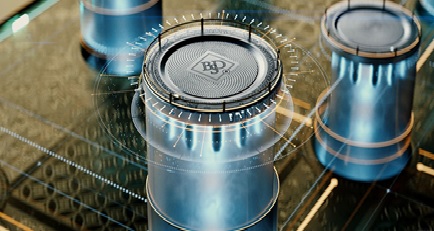Is Sodium the Future of Batteries in The Race to Replace Lithium
For years, legions of battery engineers and supporters have worked towards creating a more affordable alternative to the dominant lithium-ion technology, hoping to tap into its $50 billion annual market, which continues to grow.
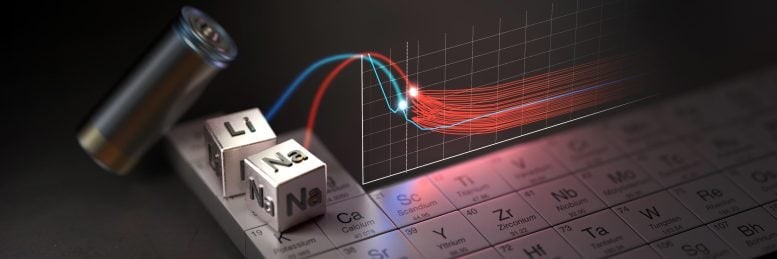
Figure 1. Is Sodium the Key to Replacing Lithium in the Future of Batteries.
The latest promising contender gaining attention from researchers, startups, and venture capitalists is sodium-ion batteries. Their potential has soared in the wake of the COVID-induced mineral supply chain disruptions, which caused lithium prices to fluctuate dramatically. However, a new study in Nature Energy suggests that sodium-ion batteries may still be years away from becoming a low-cost alternative, requiring technological advancements and favorable market conditions. Figure 1 shows Is Sodium the Key to Replacing Lithium in the Future of Batteries.
Sodium-ion batteries are often seen as having lower costs and more stable supply chains than lithium-ion alternatives. Despite this, they still face significant challenges. Their energy density, or the amount of energy they store per pound, tends to be lower than that of lithium-ion batteries. As a result, even if material costs are lower, the cost per unit of energy stored remains higher for sodium-ion batteries. This could hinder their widespread commercial adoption unless significant research breakthroughs occur.
The study highlights the key areas for potential advancement and is the first to result from a partnership between the Stanford Doerr School of Sustainability’s Precourt Institute for Energy and the SLAC-Stanford Battery Center. The new program, STEER, evaluates emerging energy technologies’ technological and economic potential and provides guidance on where to innovate and invest for the energy transition. In their study, over 6,000 scenarios were tested to assess the competitive viability of sodium-ion batteries.
Evaluating Sodium-Ion’s Market Potential
“The price of lithium-ion batteries rose for the first time in 2022, sparking concerns about the need for an alternative. Sodium-ion is perhaps the most compelling near-term challenger to lithium-ion, with many battery companies announcing plans to scale up sodium-ion manufacturing, promising lower prices than current lithium-ion options,” said Adrian Yao, lead author of the study and founder of STEER, which launched in October 2023 with support from three U.S. Department of Energy offices.
“However, we recognized that whether sodium-ion batteries could surpass lithium-ion on price is still speculative, especially since lithium-ion prices continue to fall,” added Yao, a doctoral candidate who returned to academia after spending eight years as the founder and CTO of a lithium-ion battery startup now producing large-scale commercial batteries.
Dos and Don’ts for Sodium-Ion Battery Development
- Increase Energy Densities Without Critical MineralsThe most crucial goal for sodium-ion batteries is to enhance energy density while avoiding reliance on critical minerals like nickel, which is currently used in many leading sodium-ion designs. Targeting the energy densities of lithium-iron-phosphate batteries is essential for making sodium-ion competitive.
- Focus on Engineering Advances: Scaling production alone may not be sufficient to reduce costs. Engineering innovations are crucial to making sodium-ion batteries more affordable, as technological breakthroughs are expected to drive cost reductions more effectively than economies of scale.
- Diversify Technologies for Energy Storage: Pursuing new battery chemistries and technology diversification can increase the resilience of the energy storage supply chain. As the world transitions to sustainable energy, relying solely on lithium-ion batteries can pose security, economic, and geopolitical risks.
- Address Supply Chain Resiliency: The potential benefits of sodium-ion are highlighted in scenarios like supply shocks to critical lithium-ion components, such as graphite. For instance, China's control over more than 90% of global graphite supply could make sodium-ion an attractive alternative if graphite exports are restricted.
To compete on price, especially against the cost-effective lithium-ion variant lithium-iron-phosphate, the study outlines several key strategies for sodium-ion battery developers:
Do’s:
Don’ts:
- Don’t Assume Scale Alone Will Drive Costs Down:While scaling production is important, it should not be assumed that it will automatically lower prices. Without engineering advancements, scaling alone may not be enough to bring sodium-ion to a competitive cost level.
- Don’t Rely Solely on Low Lithium Prices: If lithium prices remain low, sodium-ion may face a more difficult path to price competitiveness in the near term. The technology’s potential will be influenced by factors beyond raw material costs.
Next Steps for STEER
STEER, the program behind this research, is expanding its analysis to other areas of energy transition technologies. One area of focus is the critical mineral graphite supply chain. STEER’s team aims to identify pathways that contribute most to the energy transition, working closely with industry, government, and research collaborators. The team is also exploring technology roadmaps in long-duration energy storage, hydrogen, and industrial decarbonization.
“STEER is able to identify paths with the highest chances of contributing to the energy transition and those likely to lead nowhere thanks to our collaborators in industry, government, and other research institutions,” said Benson, emphasizing the importance of a holistic approach that includes commercial deployment experience, technology road mapping, and systems thinking.
Reference:
- https://www.wsj.com/business/autos/sodium-lithium-u-s-dependence-on-chinese-batteries-23c60251?utm_source=chatgpt.com
- https://scitechdaily.com/the-race-to-replace-lithium-is-sodium-the-future-of-batteries/
Cite this article:
Priyadharshini S (2025),"Is Sodium the Future of Batteries in The Race to Replace Lithium", AnaTechmaz, pp. 331




